W hen you live as we do, what you eat is driven by the season; by what nature gives you. And, inevitably, you end up with a glut of one thing or another. This glut really is a gift. It allows you to store food, to preserve food, for leaner times.
This book is Fat Pig Farms ode to the surplus of the seasons. By necessity were glued to the stove at various times of year, harnessing the bounty of each month and squirrelling it away for other times. Overwhelmed by ripe fruit, or mountains of rhubarb, we have found ways to preserve what we grow, and what grows near us.
But this book isnt just for those who have their own orchard. Its for those passionate about flavour, who want to know what goes into their preserves. Its for the freegan, those who scour the suburbs looking for fruit trees whose bounty isnt being harvested. Its for the cook who wants their dishes to resonate with the tastes borne from their own hands. Anyone can pickle onions to use all year, or make apple syrup to drizzle over pancakes. Lunches made with homemade brown pickle are always the better for the addition. A cheese platter benefits from preserved cherries, your morning toast is lifted by your own Gentlemens Marmalade, and a bowl of ice cream is made indulgent by the addition of gooseberry and sour cherry syrup that youve crafted in your own kitchen.
Use this book as your launching pad. You can experiment with your own flavours for preserved fruit and adjust the jams to suit your garden, your region, your palate. The piccalilli is just one variation based on whats available in the season. A pantry groaning with full jars is the sign of a life well lived, a future well catered for. And to this end, we offer the best of whats on the shelves at Fat Pig Farm.
 PRESERVING BASICS
PRESERVING BASICS 
It seems, when you look at it from afar, such a crazy thing to make your own preserves. To bottle your own jam, or tomato sauce, when such things are in every supermarket, every food store in the country. But then, when you taste the intensity of a homemade Worcestershire, or feel the summer sun trapped in your strawberry conserve, you understand.
Sure, you dont have to make these things, but everybody can. Theyre not technically difficult, and in many ways they are on the easier end of the cooking spectrum. (If anything, jam can be harder to master than brown sauce.) Whats more, a small amount of your own mustard or fruit syrup or marmalade can enhance innumerable meals.
This is the bookand these are the recipesthat show you how.
 GENERAL RULES
GENERAL RULES 
Okay, so if you want to put things up for a rainy day, if you want to store and preserve and stockpile your harvest (or other peoples harvests!) when the ingredients are in peak season, there are some rules. Yep, boring old rules. But by following a few simple instructions, your jam will set. Your sauce wont ferment. Your fruit wont go mouldy. There are only a handful of rules, but by following them youre far more assured of success. Ignore them you may, but it could be at your peril.
Weve given you instructions on how to sterilise your bottles and jars; how to store them; how to tell if your jelly is right; and how to avoid your jam getting sugar crystals in it. Once youve mastered these, you may well come up with your own techniques, your own routines, but if youre new to the world of putting stuff in jars to eat months later, its worth having a good read through now, and perhaps refreshing your memory before you cook each recipe, just to be sure the effort you put in today will give you a surfeit of great things to eat later.
STERILISATION
This is the big one. In the age of refrigeration weve often forgotten how much mould and yeast thrive when left unchecked. You can preserve things through excluding oxygen (tight-fitting lids), introducing an acid (pickled foods), and by adding enough sugar or salt. But even then its important to start with really clean implements, and to store things in sterilised jars with sterile lids. So wash your storing jars or containers really well before sterilising.
THE HEAT METHOD
(a dishwasher is a good place to start)
Heat kills bugs, and bugs can cause your preserves to lose quality, or even go off. If you want to sterilise just one bottle, or a few jars, you can place them in a saucepan of cold water, on their sides, making sure theyre full of water and submerged. Put their lids in there too. Bring this pot to the boil and simmer for 10 minutes. This will kill just about all the bugs youre worried about. The only downside of this method is that it is a little tricky to take hot bottles from a pot of boiling water, though there are special tongs on the market to help you. A good thing to note is that hot sauces and jams will crack a cold jar, and this method allows you to have your jars prewarmed ready to pour in a hot conserve.
Dishwashers, with a hot rinse cycle, also sterilise the jars, so that could be an easier method.
Be sure, when dealing with hot jars, not to put them onto a cold surface or they will crack. Always put them onto a wooden board. Cold jars will also crack if they have very hot things put in them, so warm the jars a little first, using warm water or similar.
THE MICROWAVE METHOD
Dont do this to the wrong type of lidmetal onesbut jars can be sterilised effectively in the microwave because yeasts and bacteria are killed while the glass stays inert. Simply put the jars and lids in the microwave for 1 minute on High.



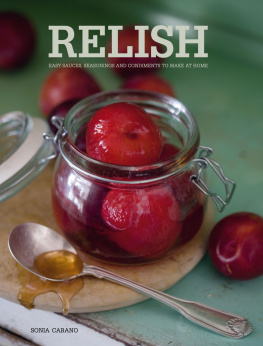
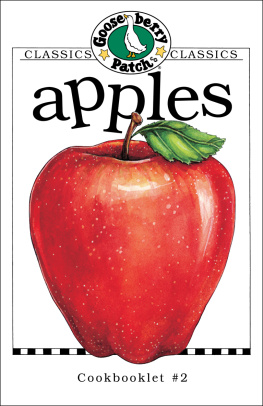
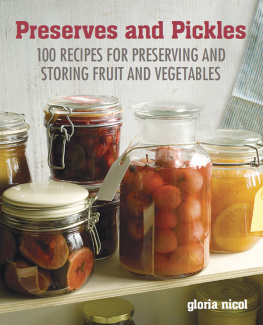
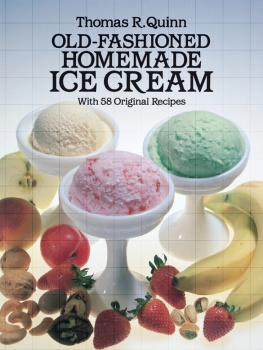
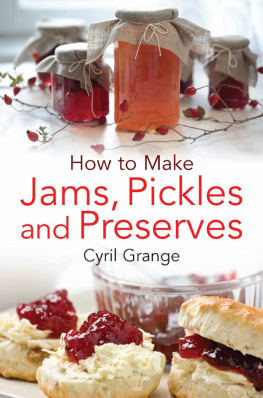
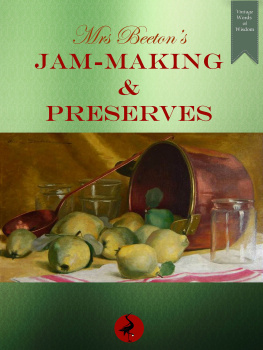
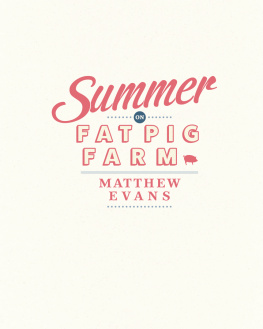
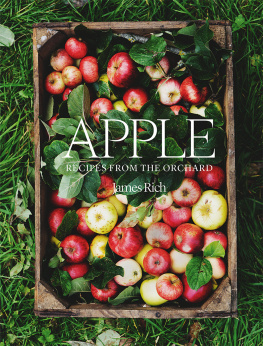

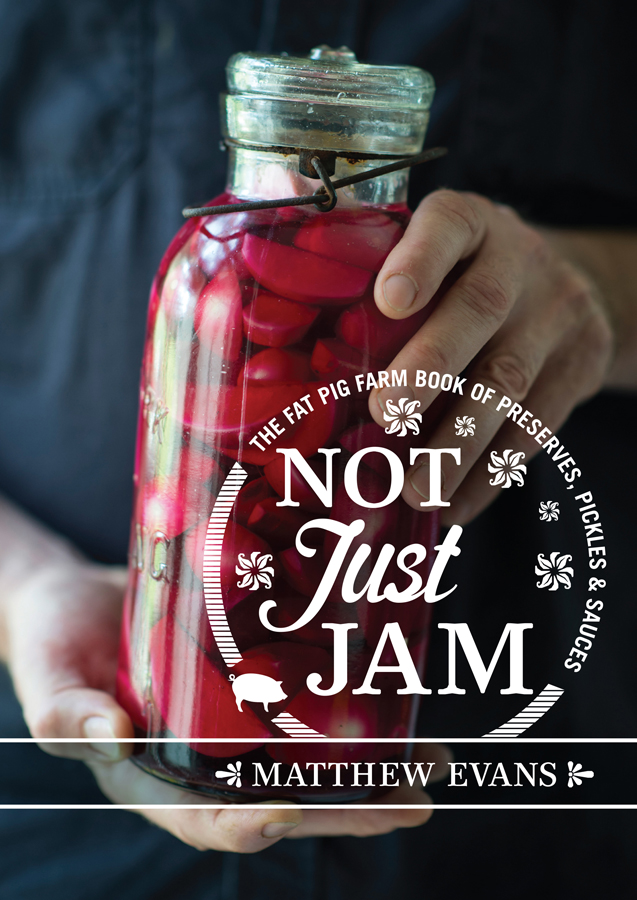






 PRESERVING BASICS
PRESERVING BASICS 
 GENERAL RULES
GENERAL RULES 